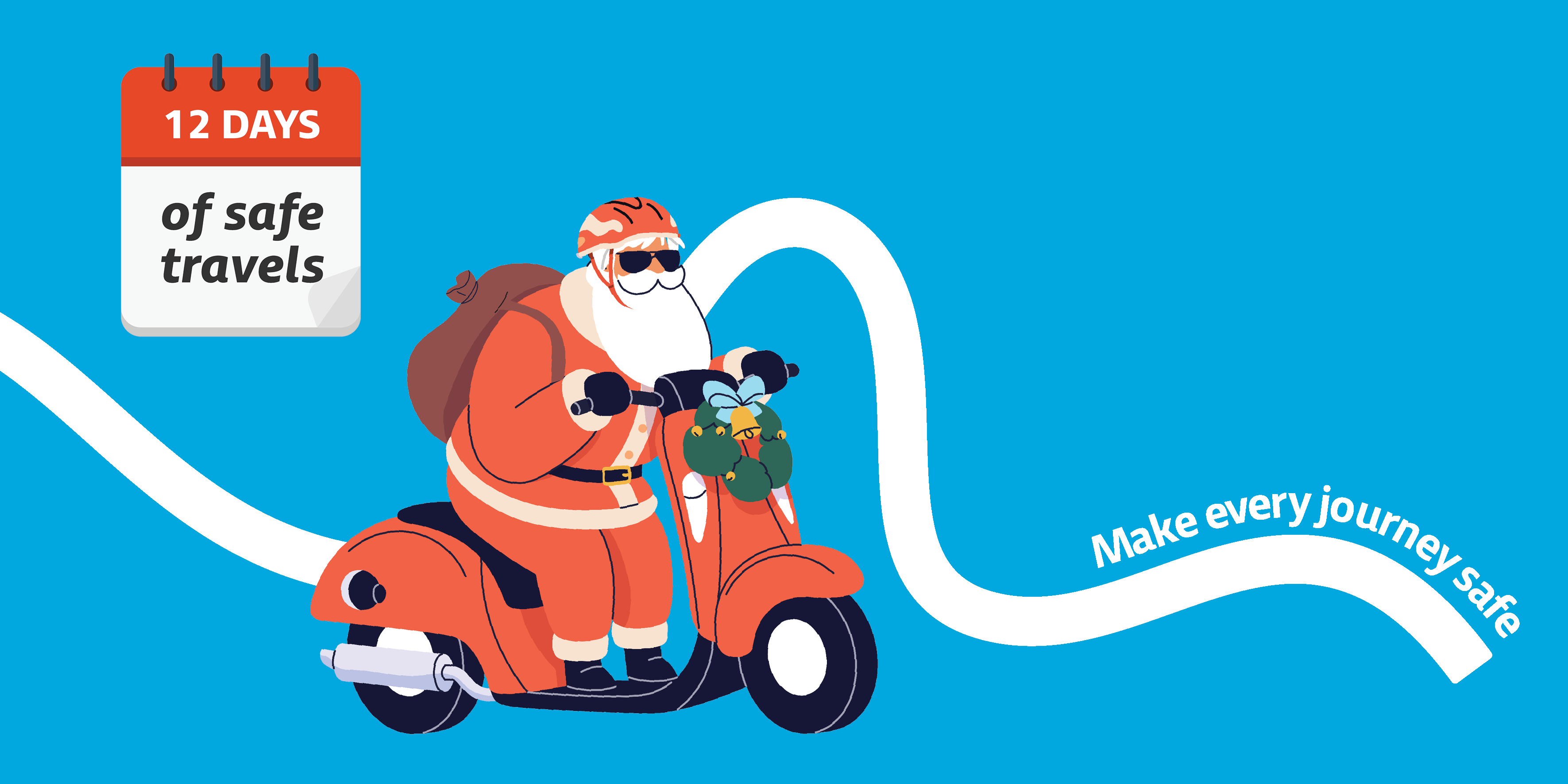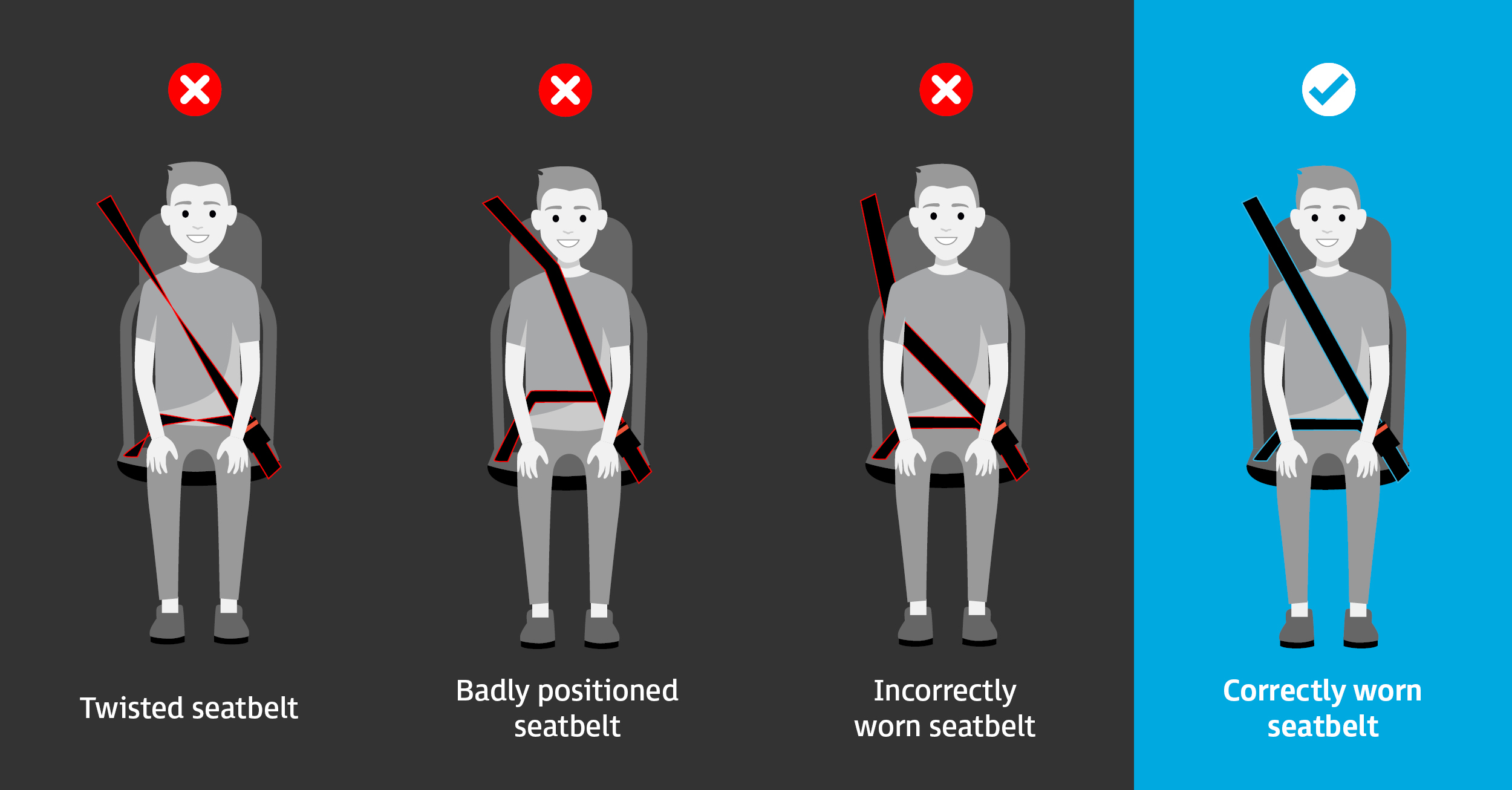188 people died on WA roads in 2024 and 1,412 people were seriously injured.
Every one of these was someone’s loved one – a parent, a child, a sibling, a friend.
Safe driving behaviours are essential to reduce your risk on the roads. Some key behaviours have been directly linked to an increase in risk of fatal crashes, including; speeding, drink or drug driving, distraction (inattention), fatigue, and incorrect wearing of seatbelts.
The ‘No one plans a crash’ campaign highlights these key road behaviours through everyday scenarios that reveal how easily catastrophic crashes can happen—even to safe, law-abiding road users. By showing how better ‘one-off’ choices could have prevented or reduced the impact of these tragedies, the campaign urges all road users to ask themselves: “What can I do to help make every journey safe?”
This page provides clear, practical guidance to help everyday road users choose safer actions. It's about being aware, staying responsible, and committing to safer travel—every time.
Driving decisions that make every journey safe
Learn how simple actions can lead to safer outcomes on every trip.
The information linked to below is a simple summary of the law and not intended to constitute legal advice.
Speed
How can you avoid going too fast?
- Abide by speed limits: 50km/h in built-up areas and signposted limits on other roads
- Reduce speed as needed in response to different road conditions, such as where there is high pedestrian and cyclist traffic, or in wet weather.
- Widen the distance between your vehicle and the vehicle in front to increase your stopping distance.
- LEARN MORE
Drink driving
How can you avoid drinking and driving?
- Plan ahead: arrange a designated driver, or arrange to stay at a friend’s house.
- Utilise the many rideshare platforms. Download any apps before you go out. Share the journey with a friend to make it more affordable.
- Leave your car at home if you plan to drink.
- LEARN MORE
Distraction/Mobile phones
How can you avoid distractions?
- Keep your mobile phone out of reach, such as in your glove box.
- Switch your phone to ‘Driving mode’ to silence notifications or turn your phone off completely.
- Set your maps journey or vehicle controls before you start driving.
- Take a break rather than eat, drink, smoke or groom yourself while driving.
- Ensure pets are properly restrained in the vehicle.
- Stay actively engaged and focused on the road and your surroundings.
- Make sure children are secured safely in their seats and have what they need before you set off. Teach them that parents need to pay attention to the road, so that everyone is safe.
- LEARN MORE
Fatigue
How can you avoid driving or riding tired?
- Average more than 7.5 hours sleep a night.
- On long drives, get at least 7.5 hours sleep the night before, take breaks every two hours and swap drivers if you can.
- Pull over if you notice the signs of fatigue such as yawning, braking too late, missing turns, or losing focus.
- LEARN MORE
Seatbelts
How can you ensure your seatbelt is secured correctly?
Always ensure your seatbelt is properly adjusted and securely fastened. The image below illustrates how to correctly wear your seatbelt.
- Never share a seatbelt with a child on your lap.
- Children aged up to at least seven years must be restrained in an appropriate child car restraint.
- LEARN MORE
More driving behaviours
The five behaviours listed above are just some of the key actions that impact road safety. There are additional rules and responsibilities that all drivers should be aware of. Explore more driving behaviours and how to stay compliant.
More ways to make every journey safe
Road rules
Anyone can learn to be a safe road user. Most Western Australian road rules are contained within the WA Road Traffic Code 2000.
Commonly misunderstood road rules
Some road rules apply in specific situations and are often overlooked or misunderstood - such as keeping left, using headlights correctly, or navigating roundabouts.
Sharing the road
Everyone has a role to play in keeping our roads safe. It's important to know the rules and the penalties that may apply to you.
Find out more about your responsibilities as a:
- Driver
- Motorcyclist
- Bicycle rider
- eRider
- Pedestrian
- Parent
- Senior driver
- Skater
- Caravan and trailer users
- Visitor to WA
Safe vehicles and devices
Understanding what makes a car, motorcycle, or eRideable safer means you're making informed choices that help protect you on every journey.
Learn about vehicle safety and compliance via the links below.




